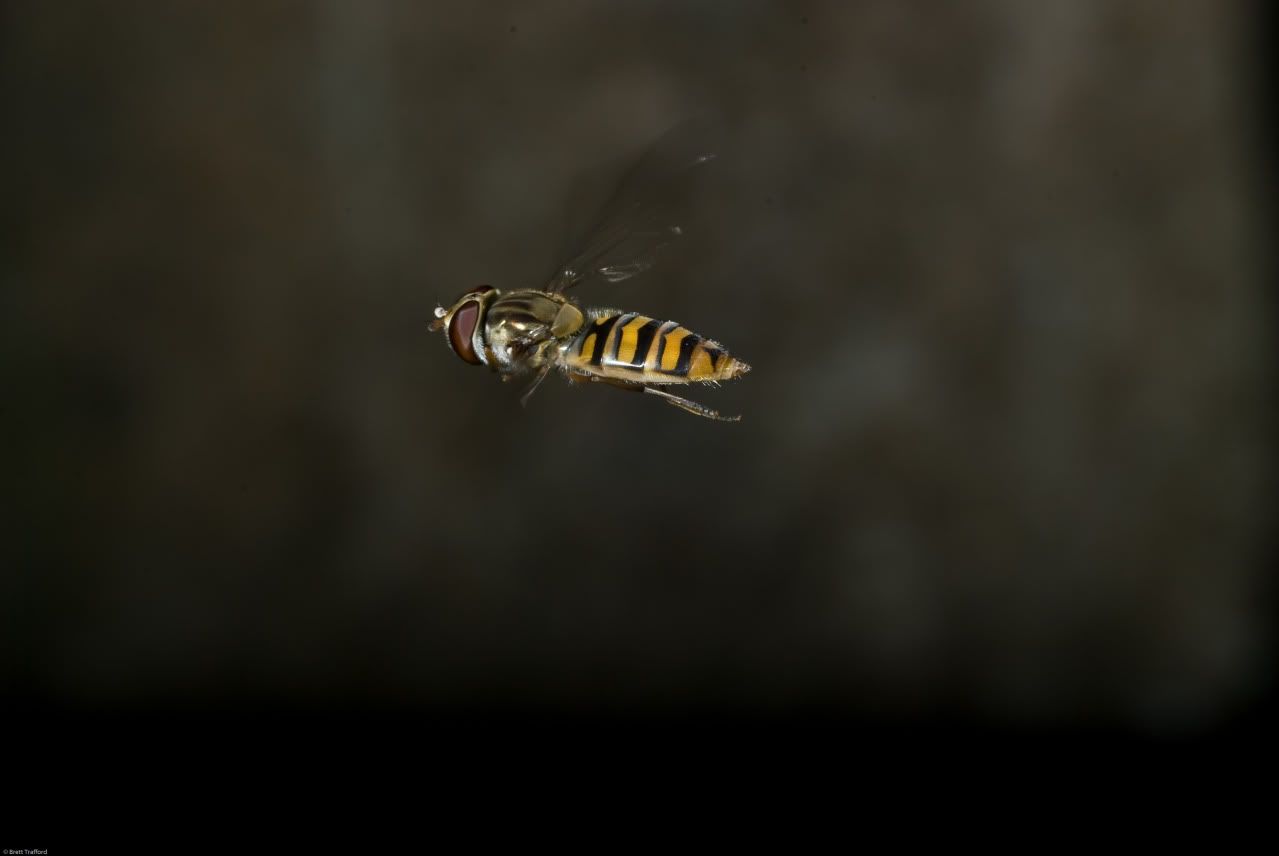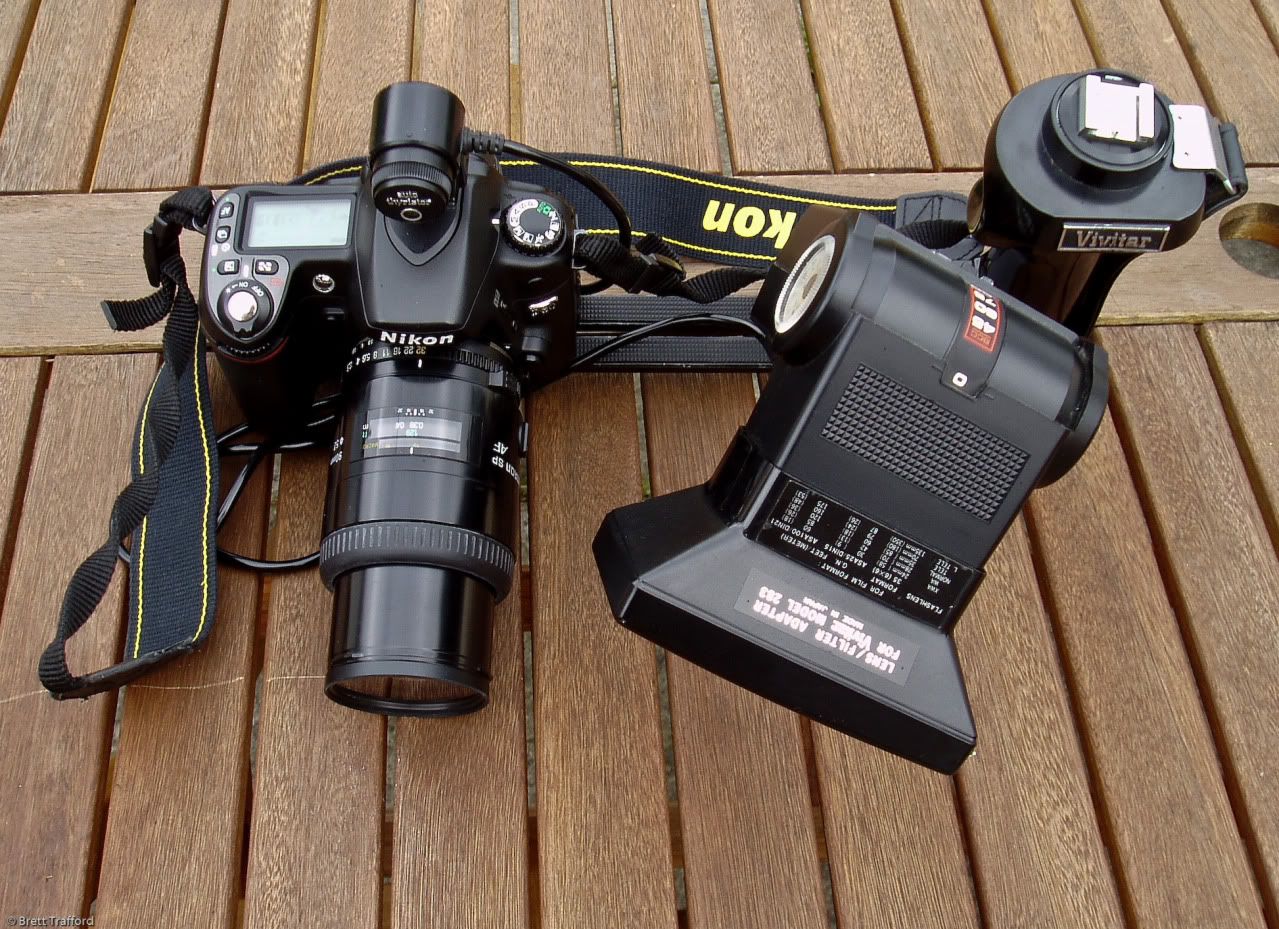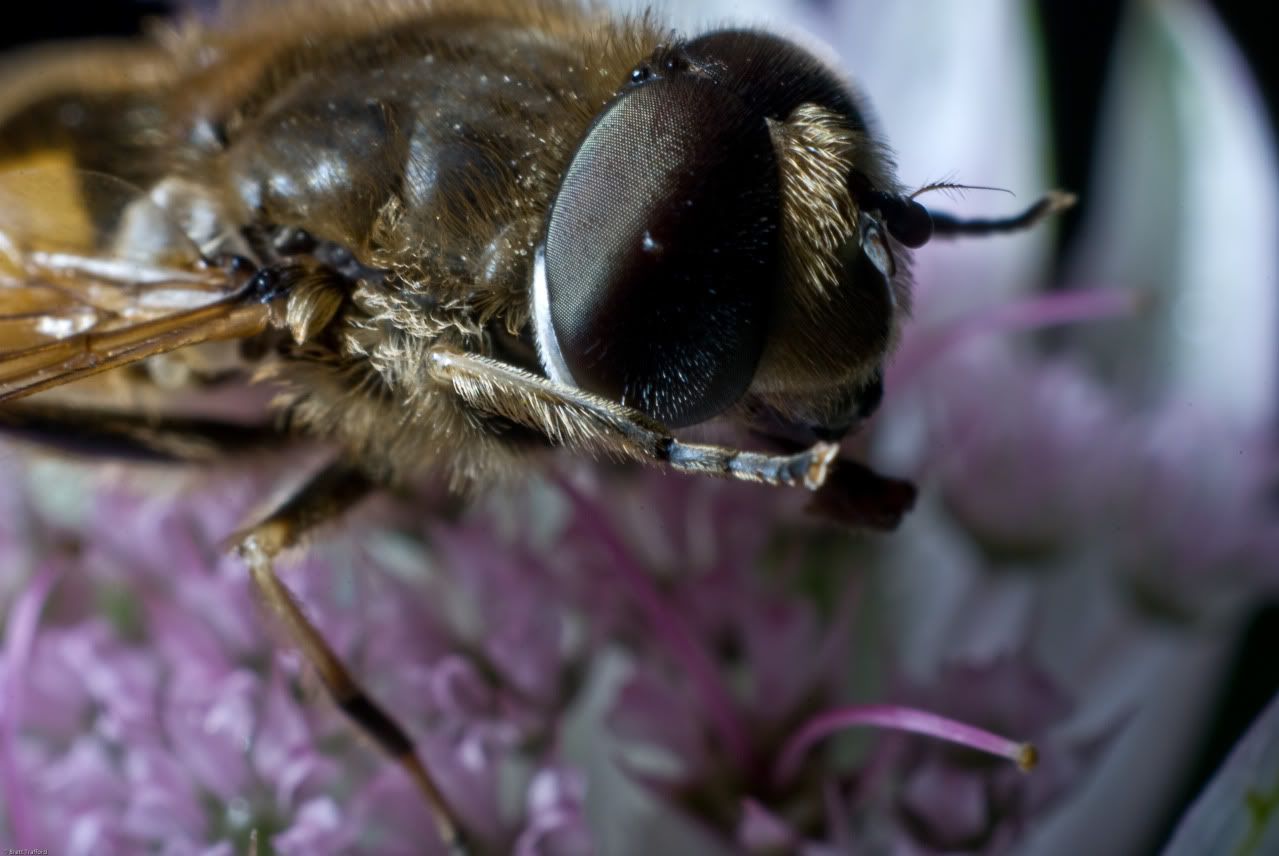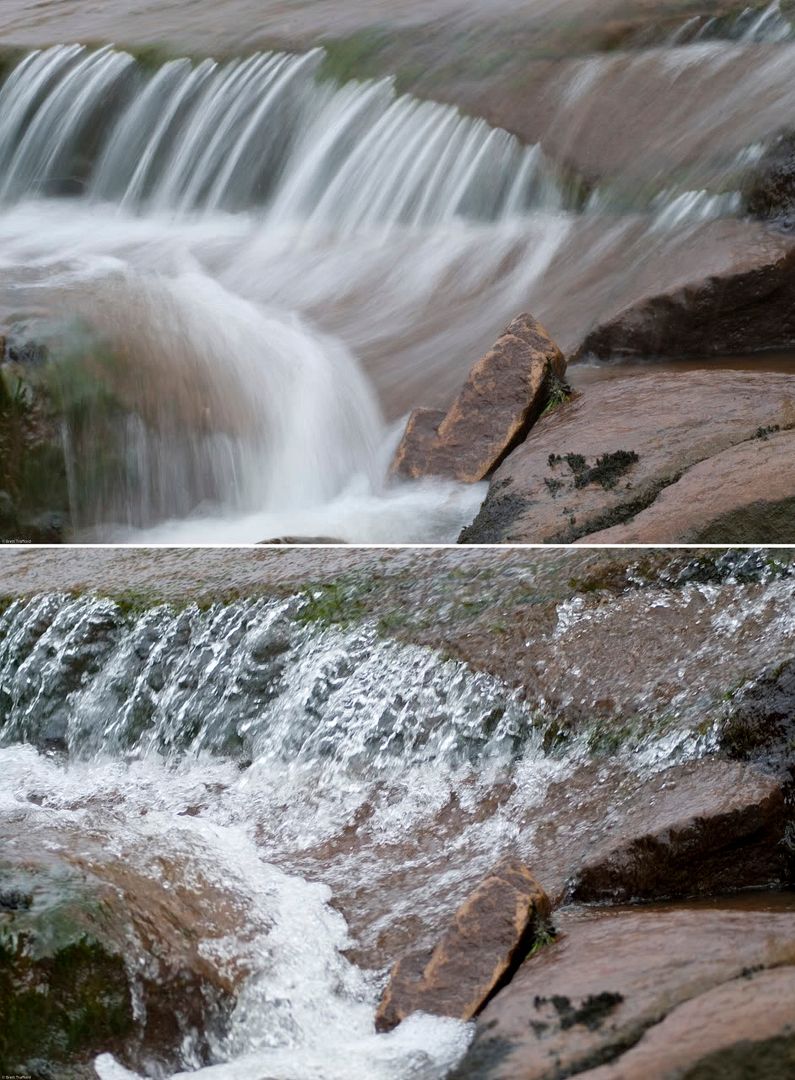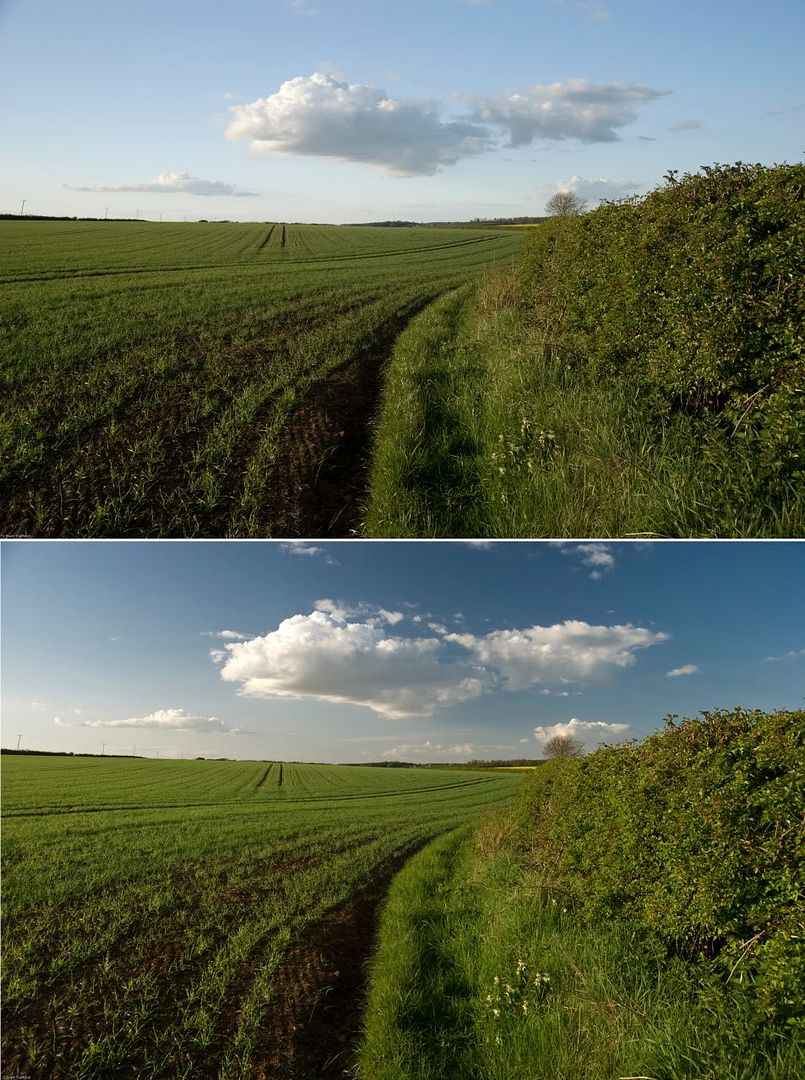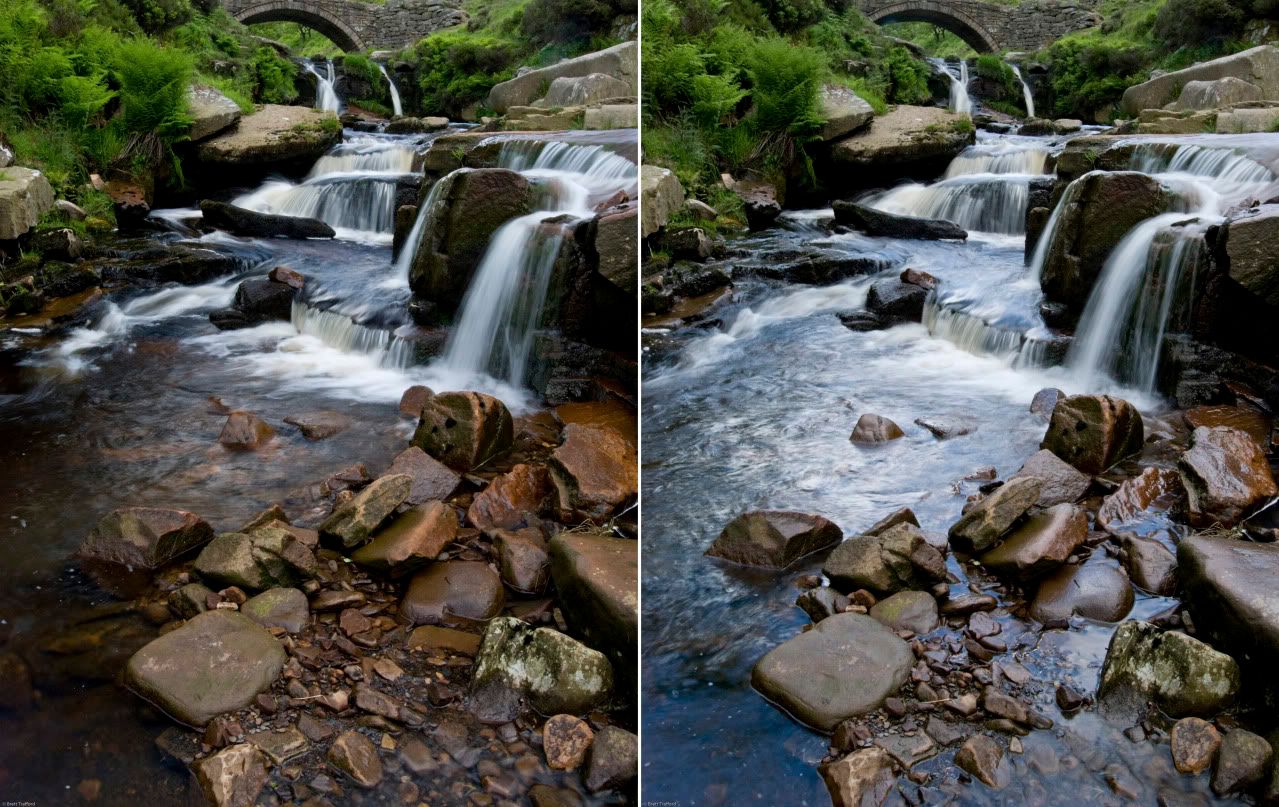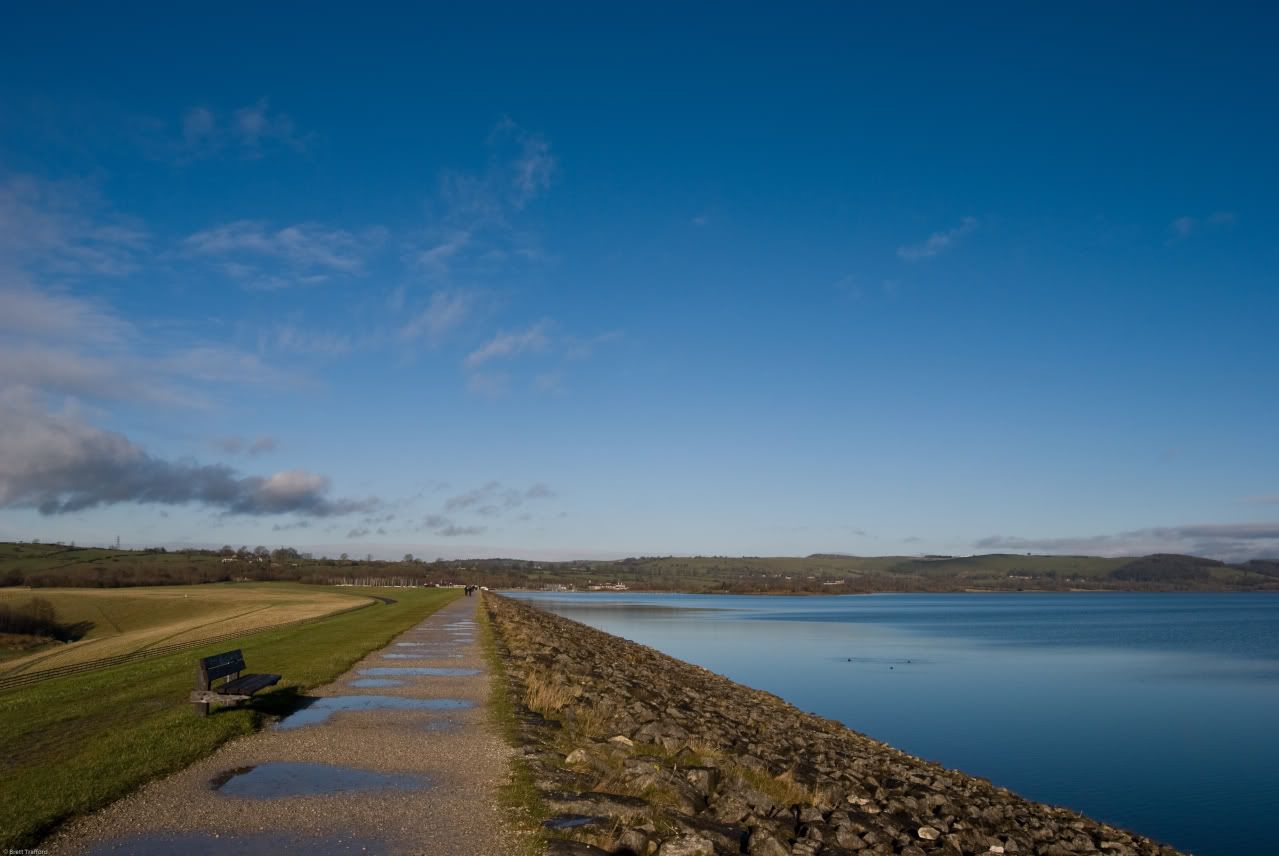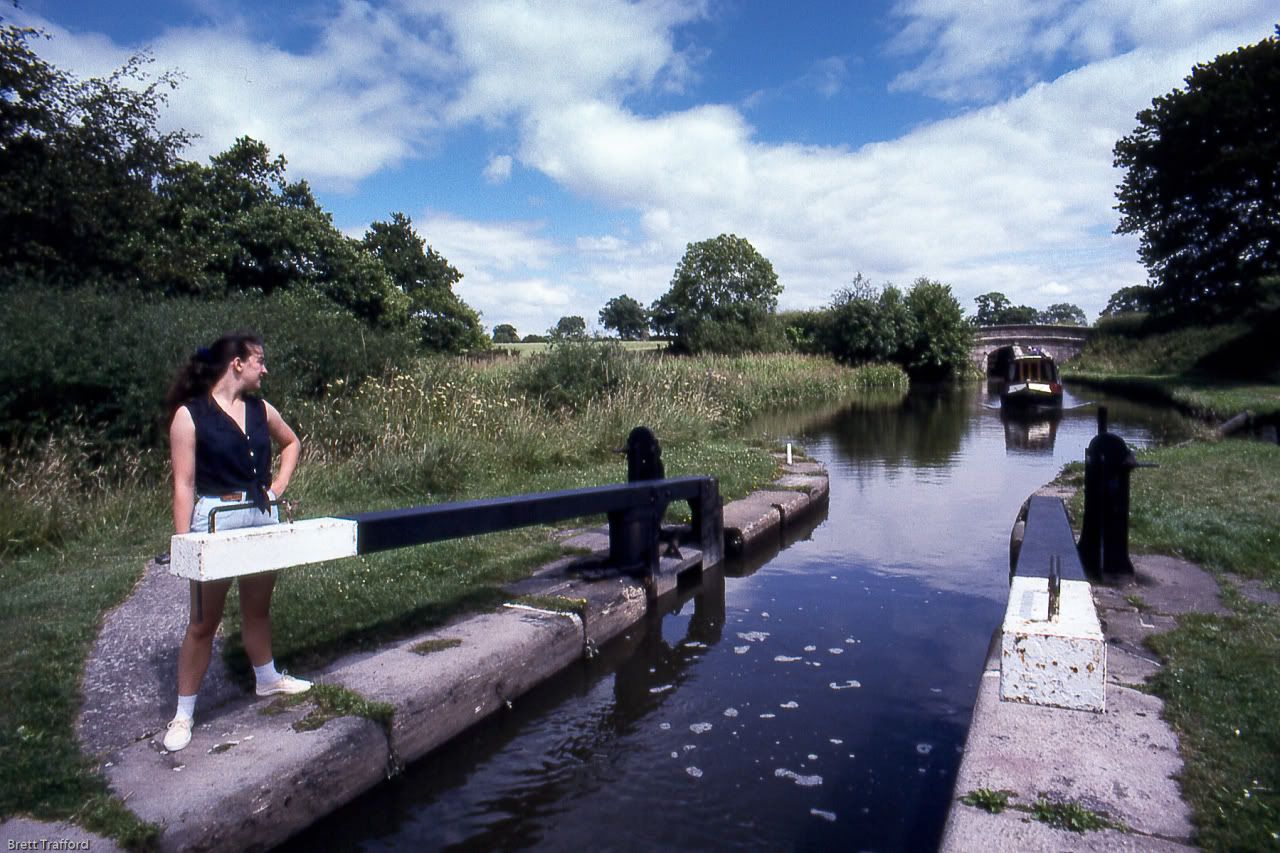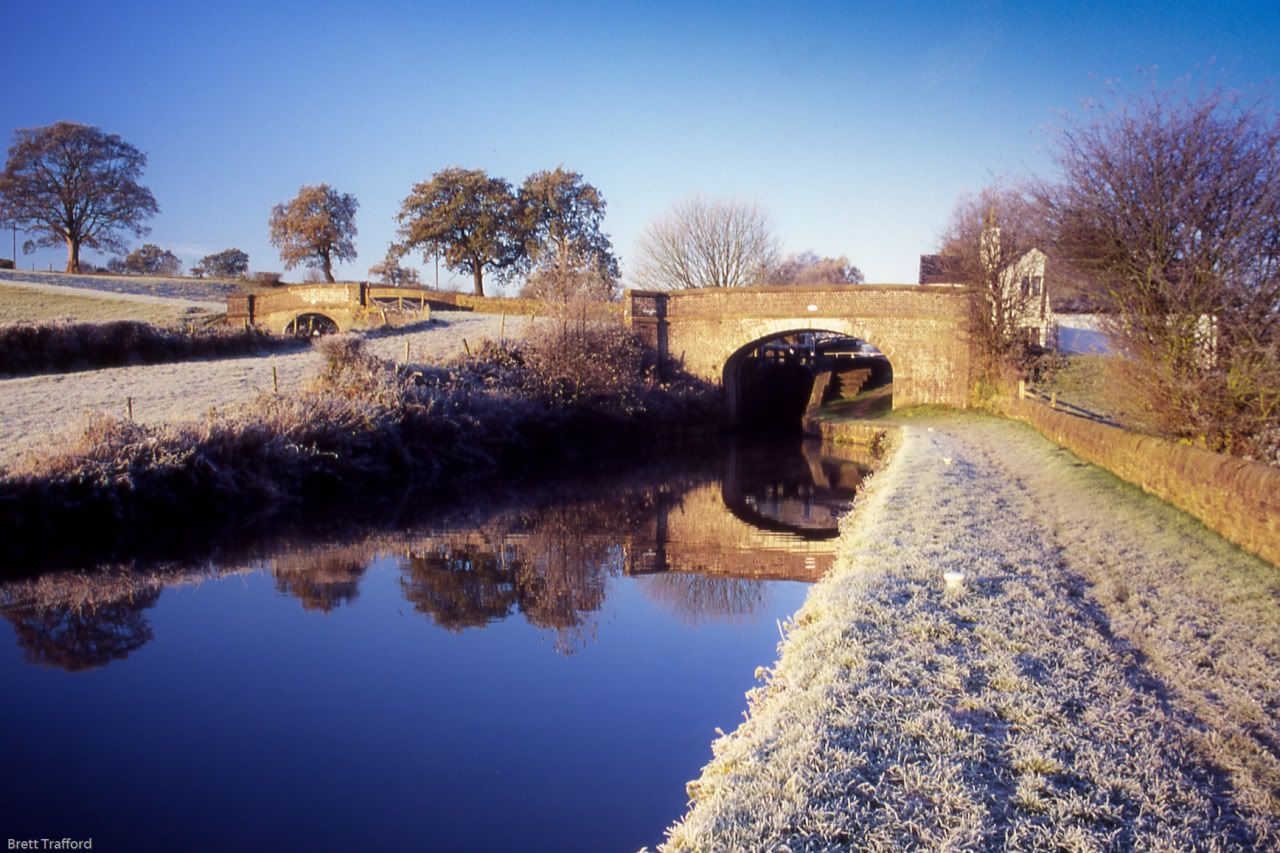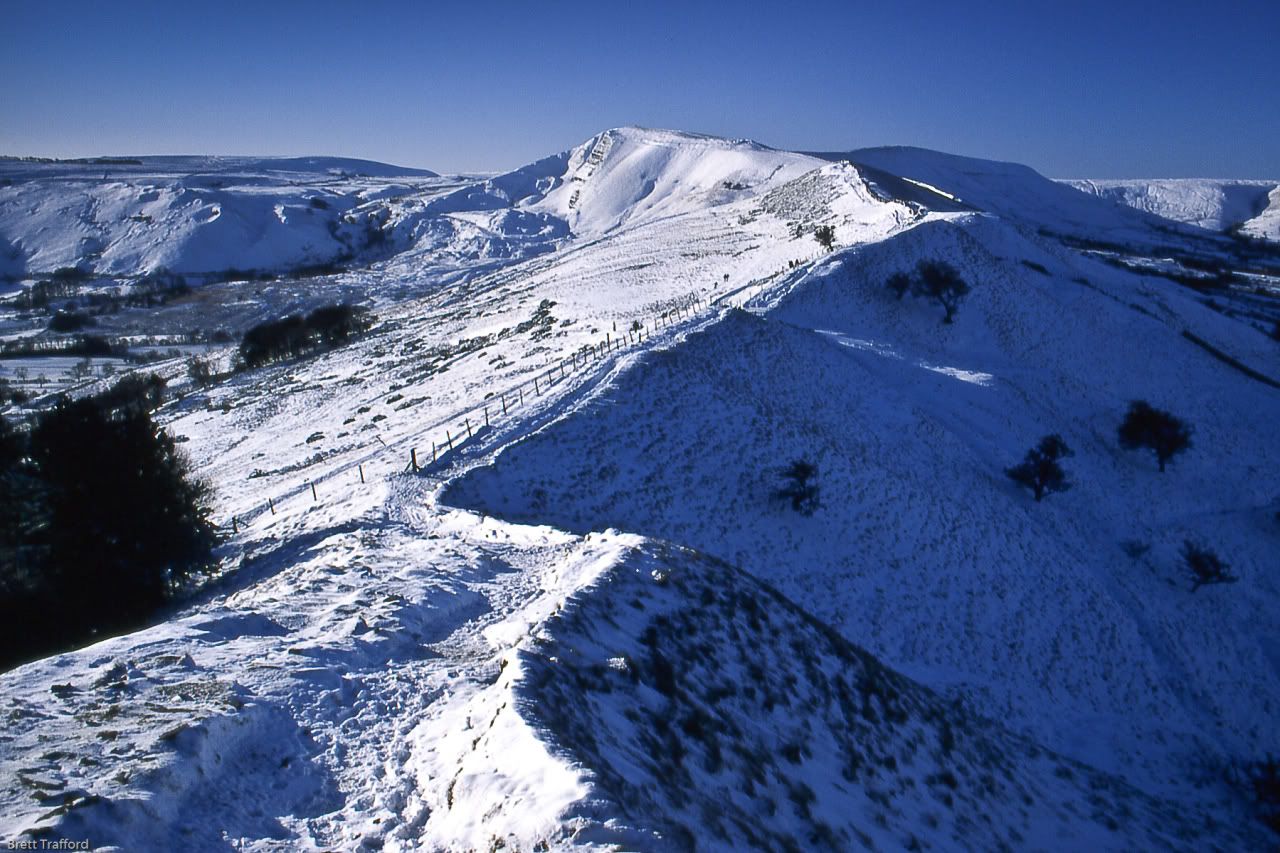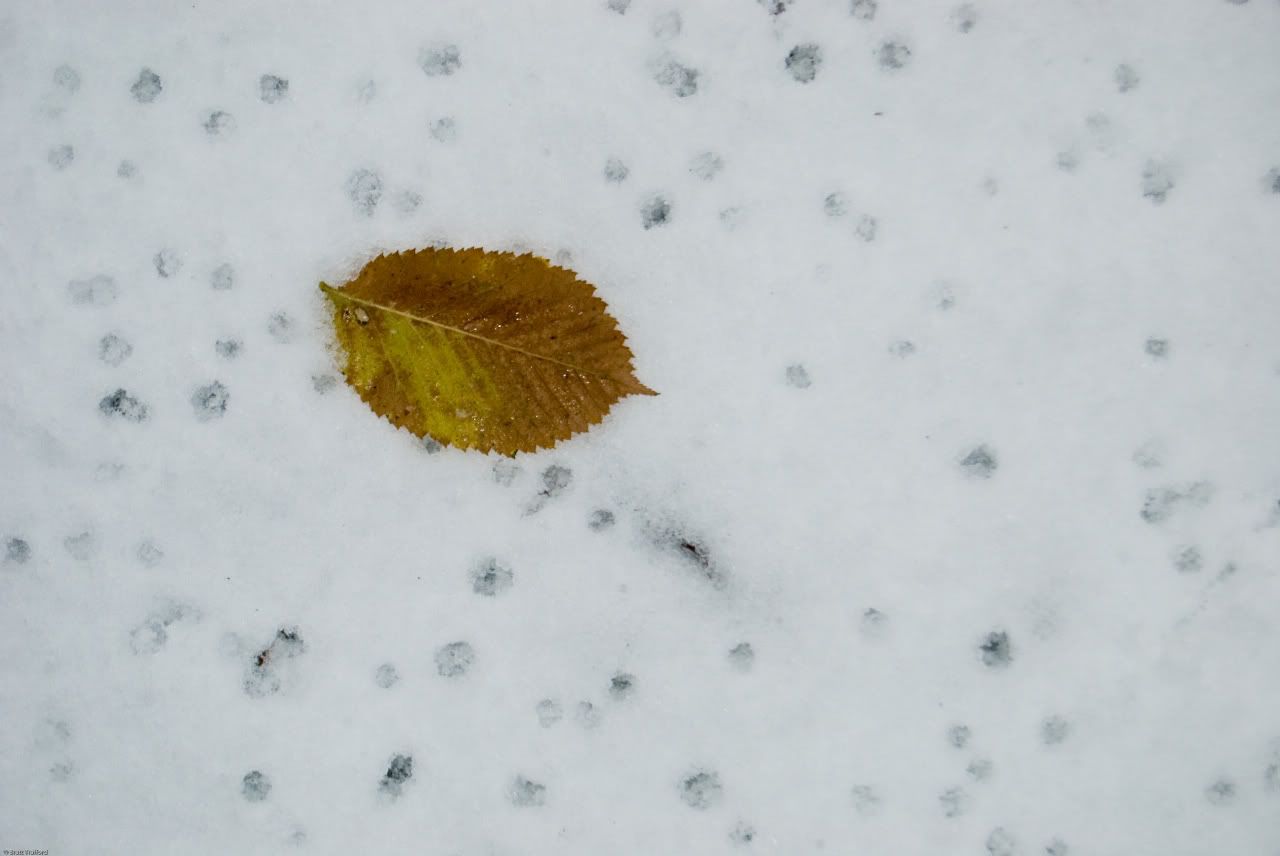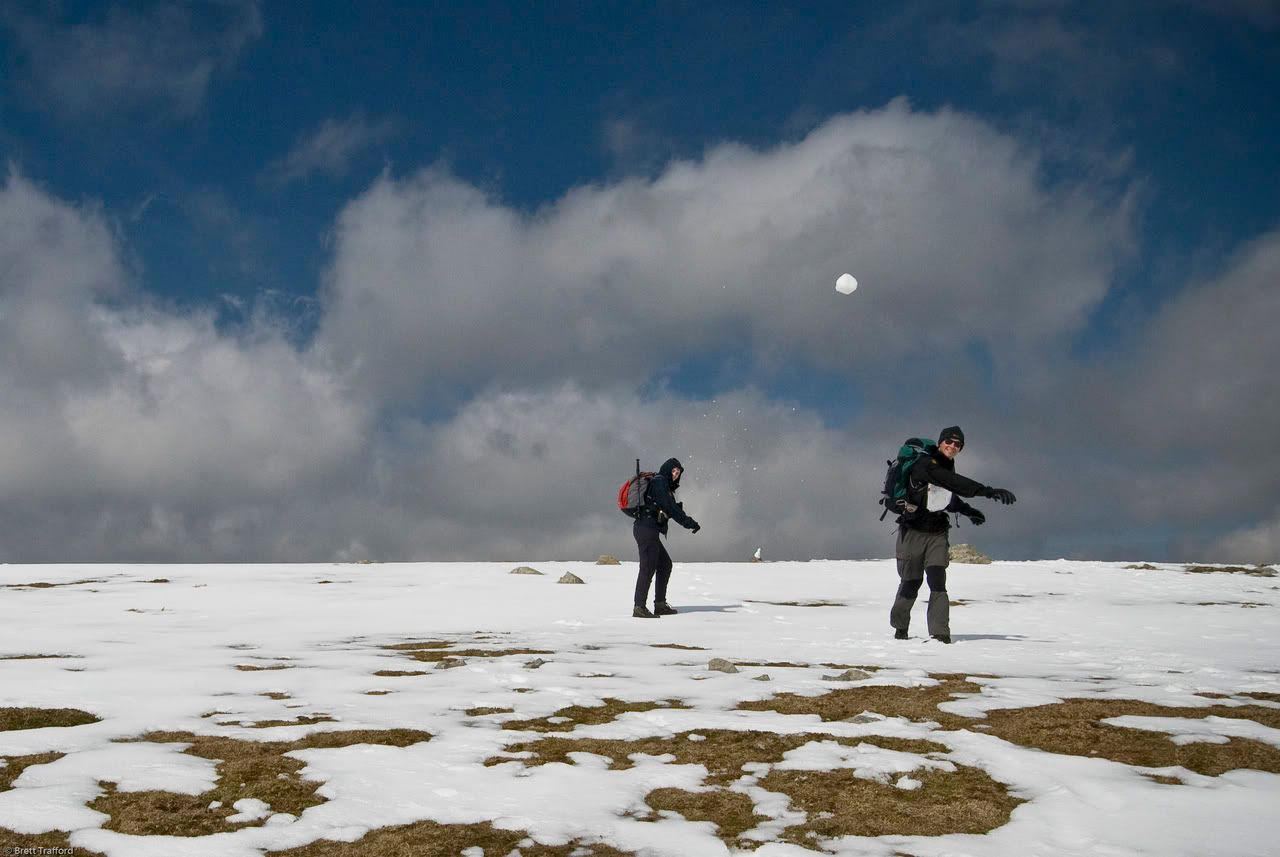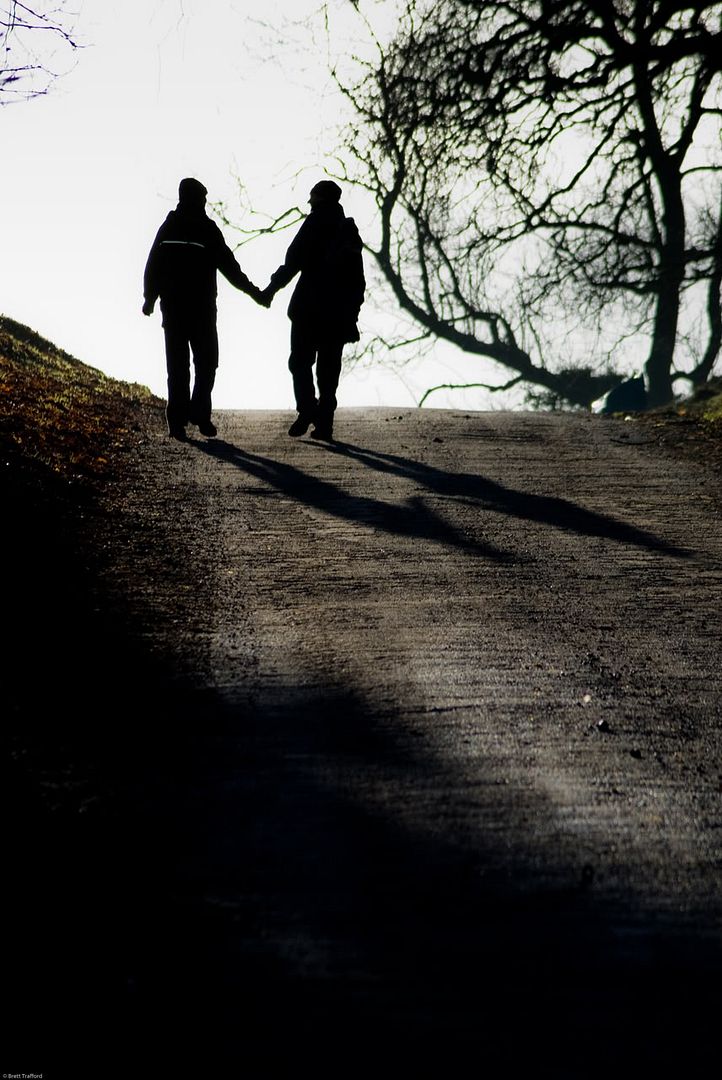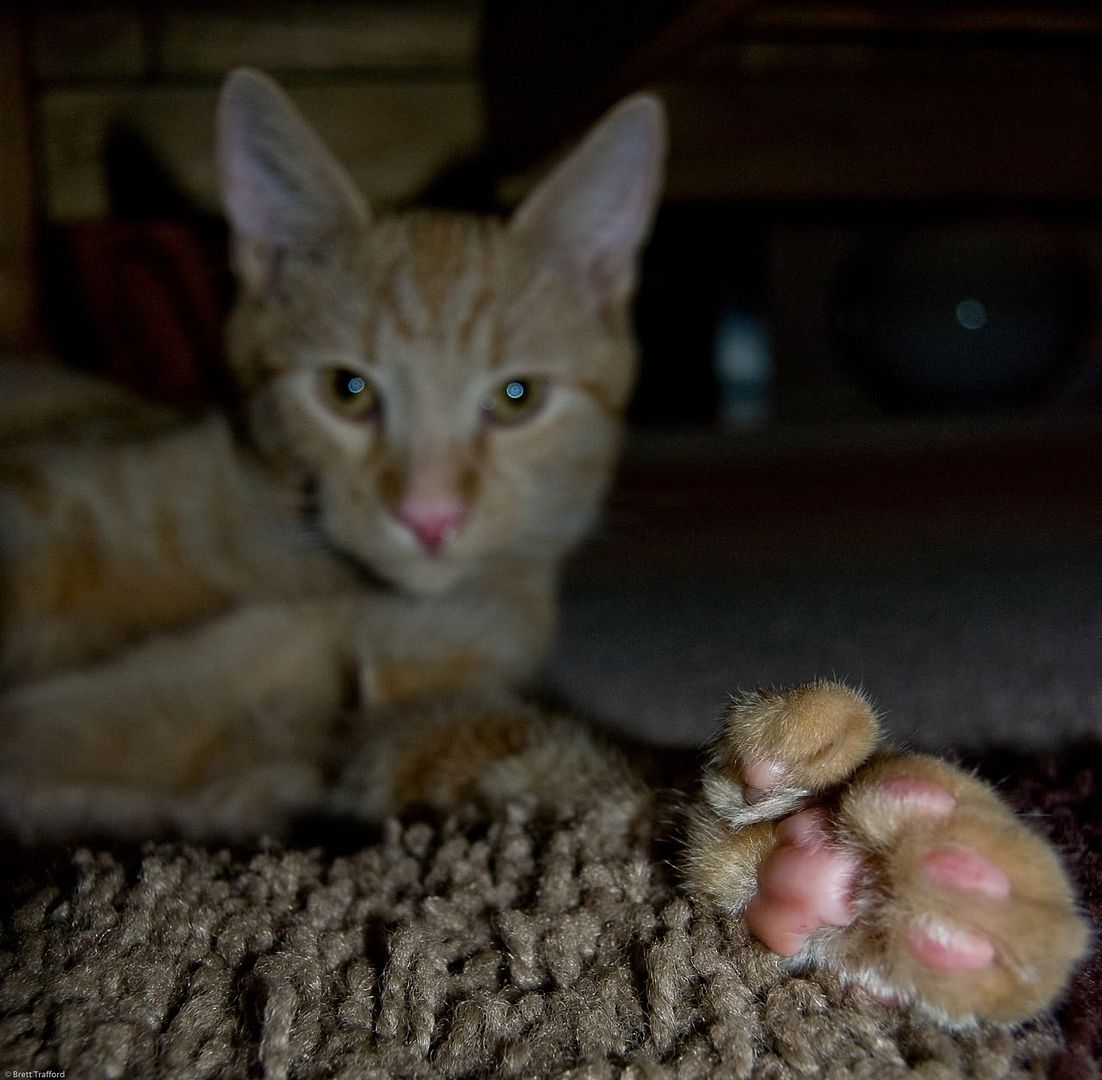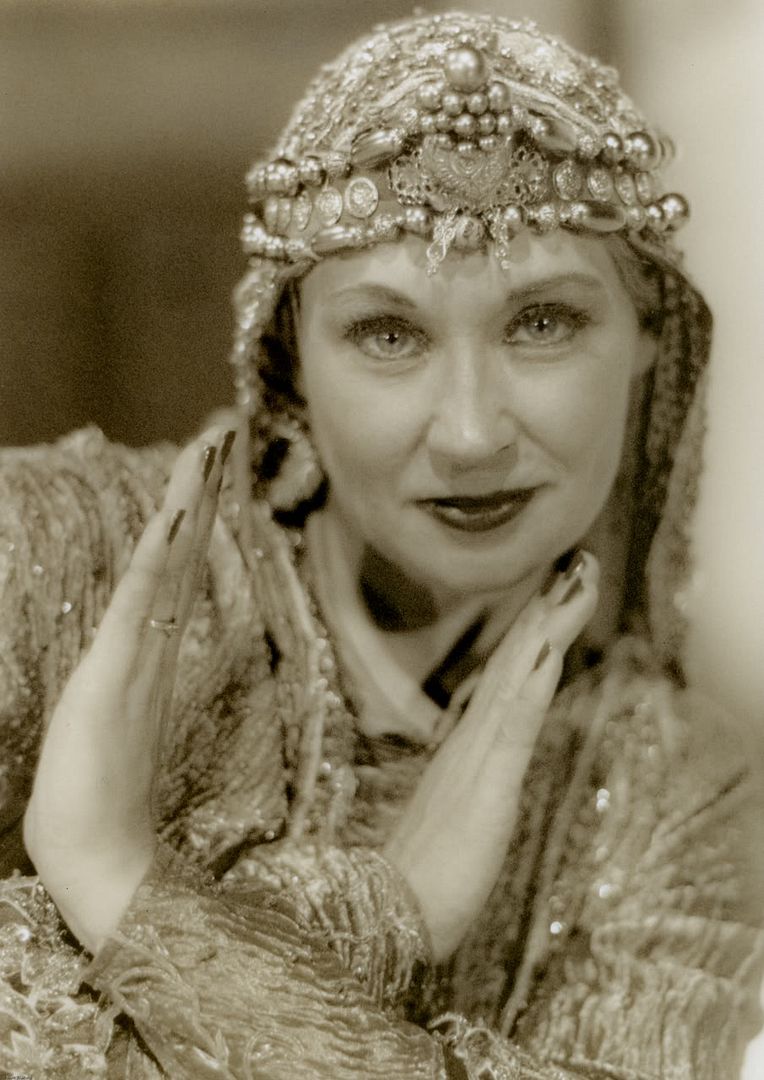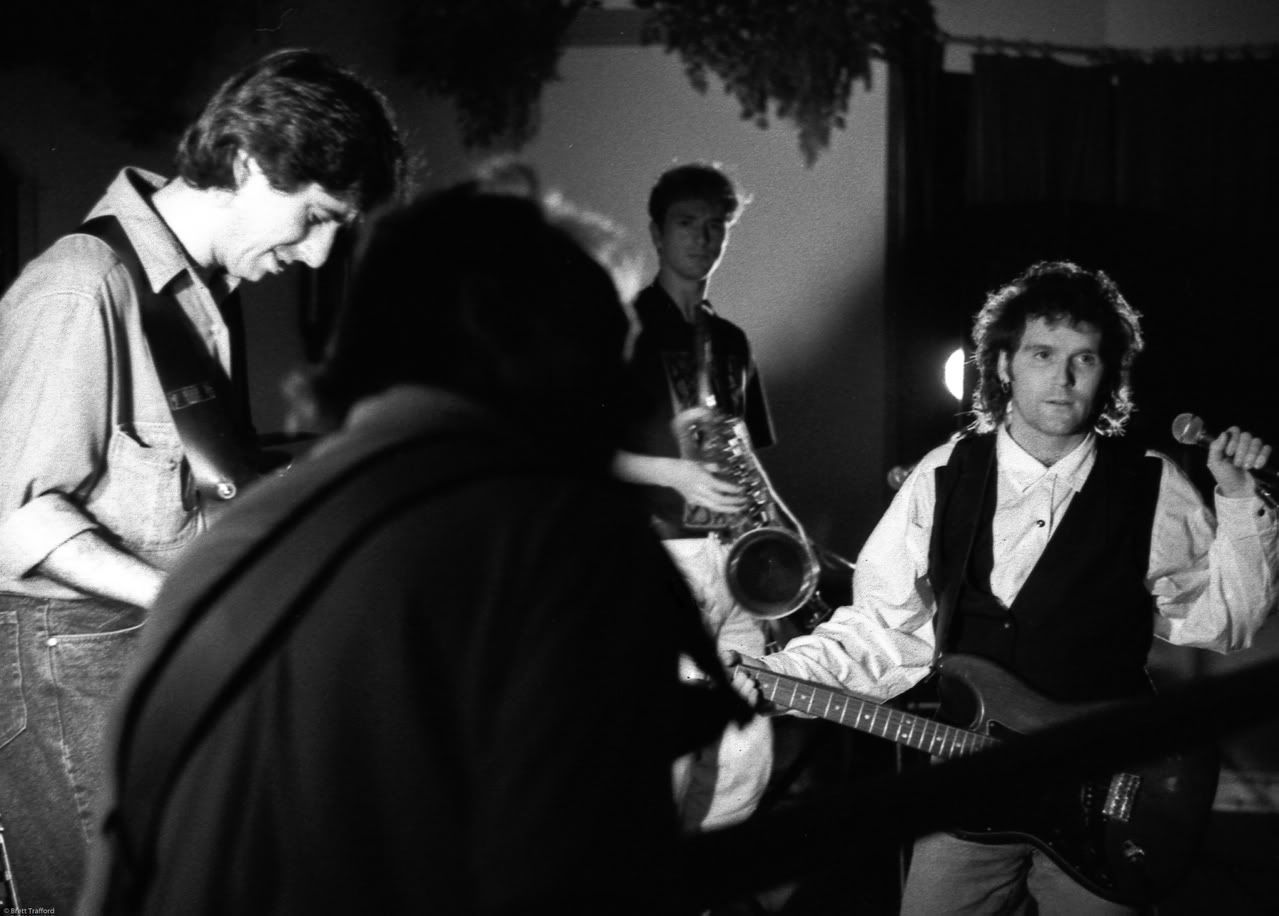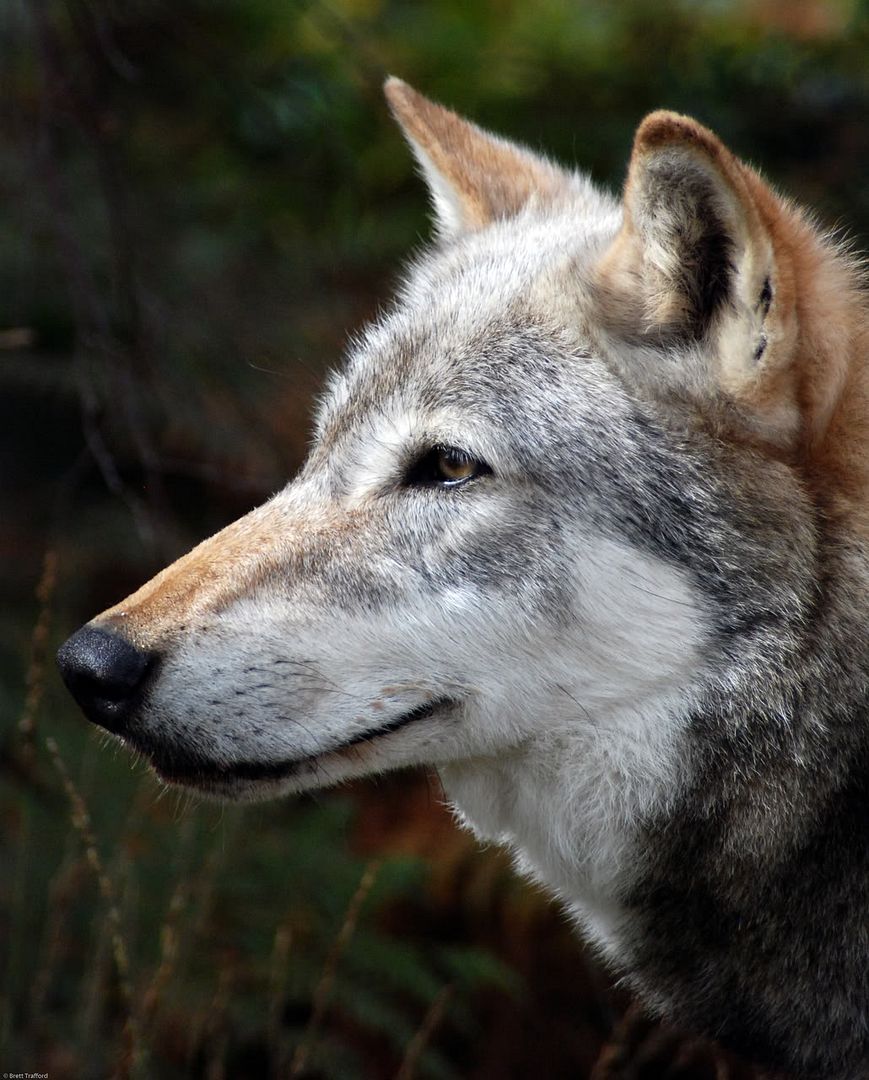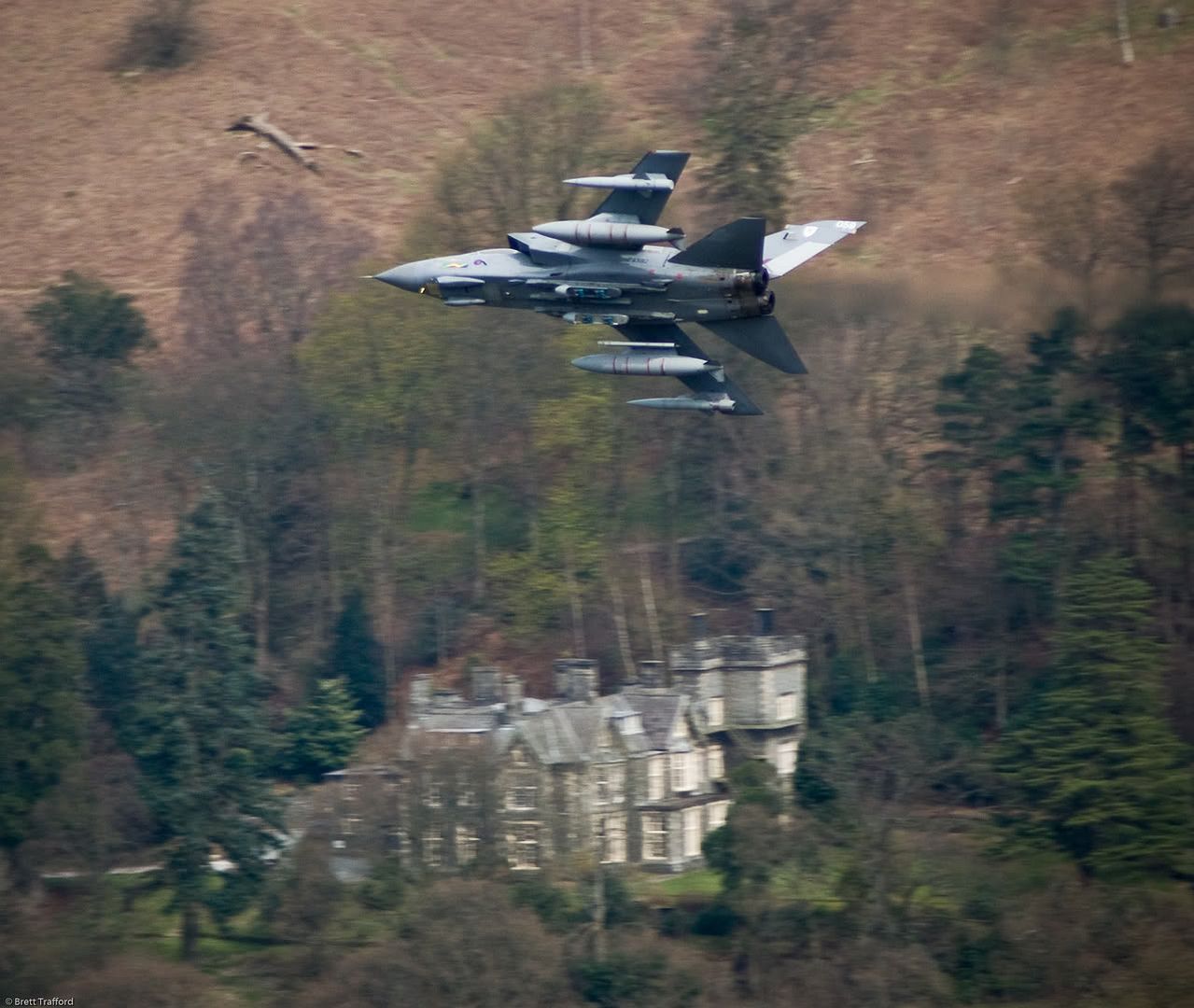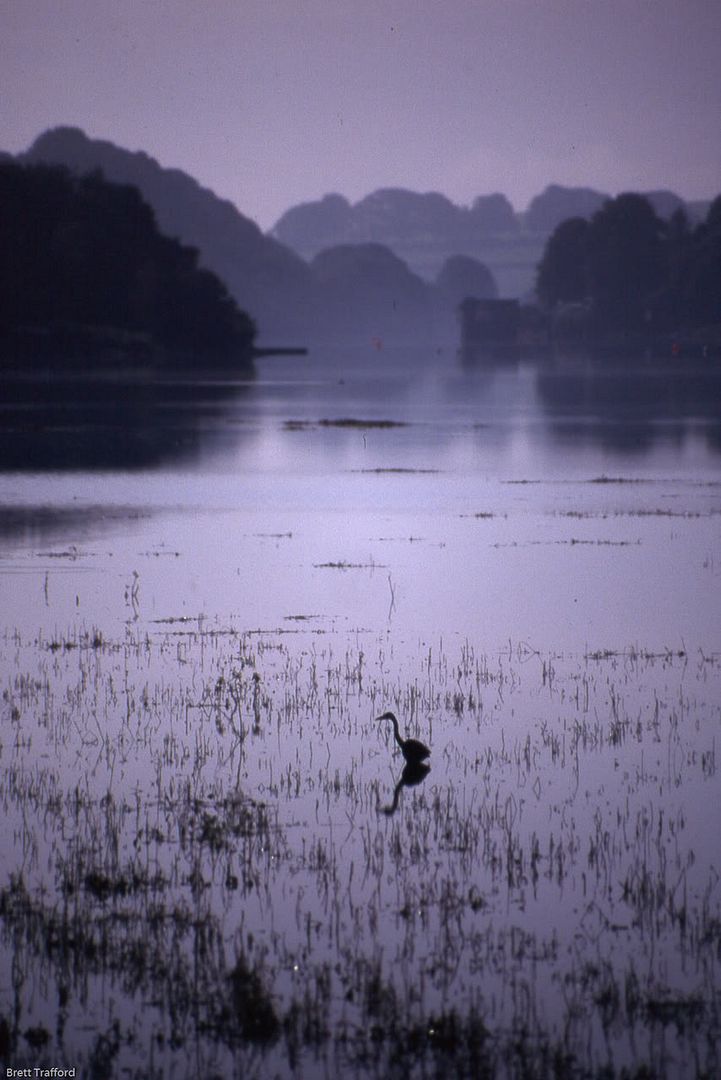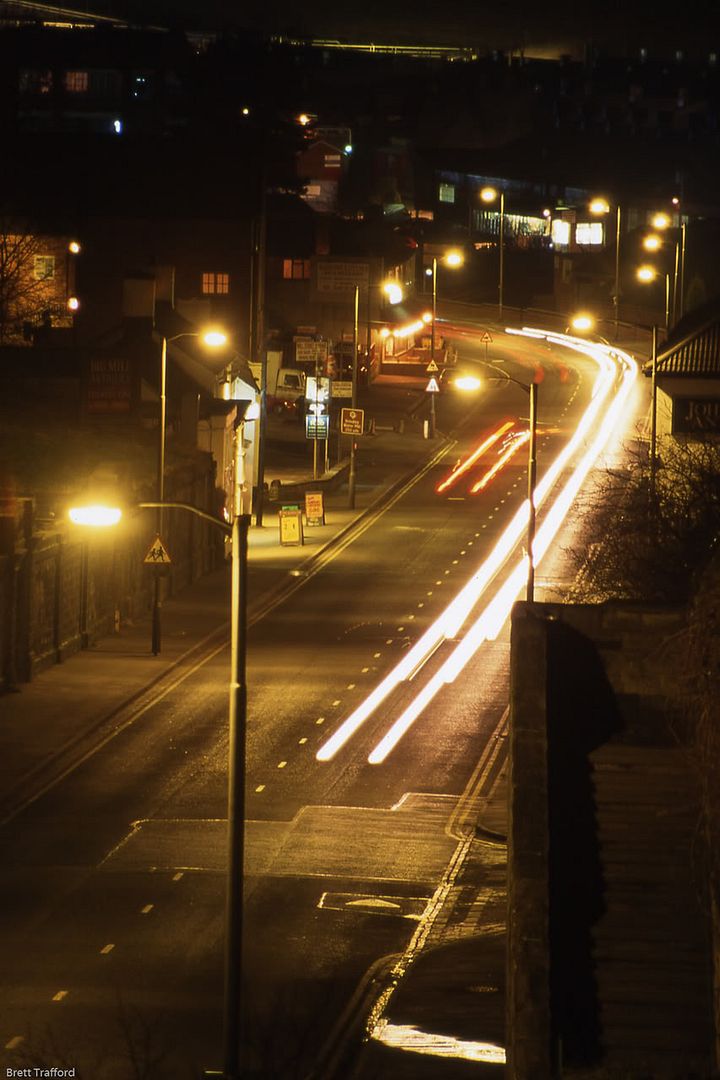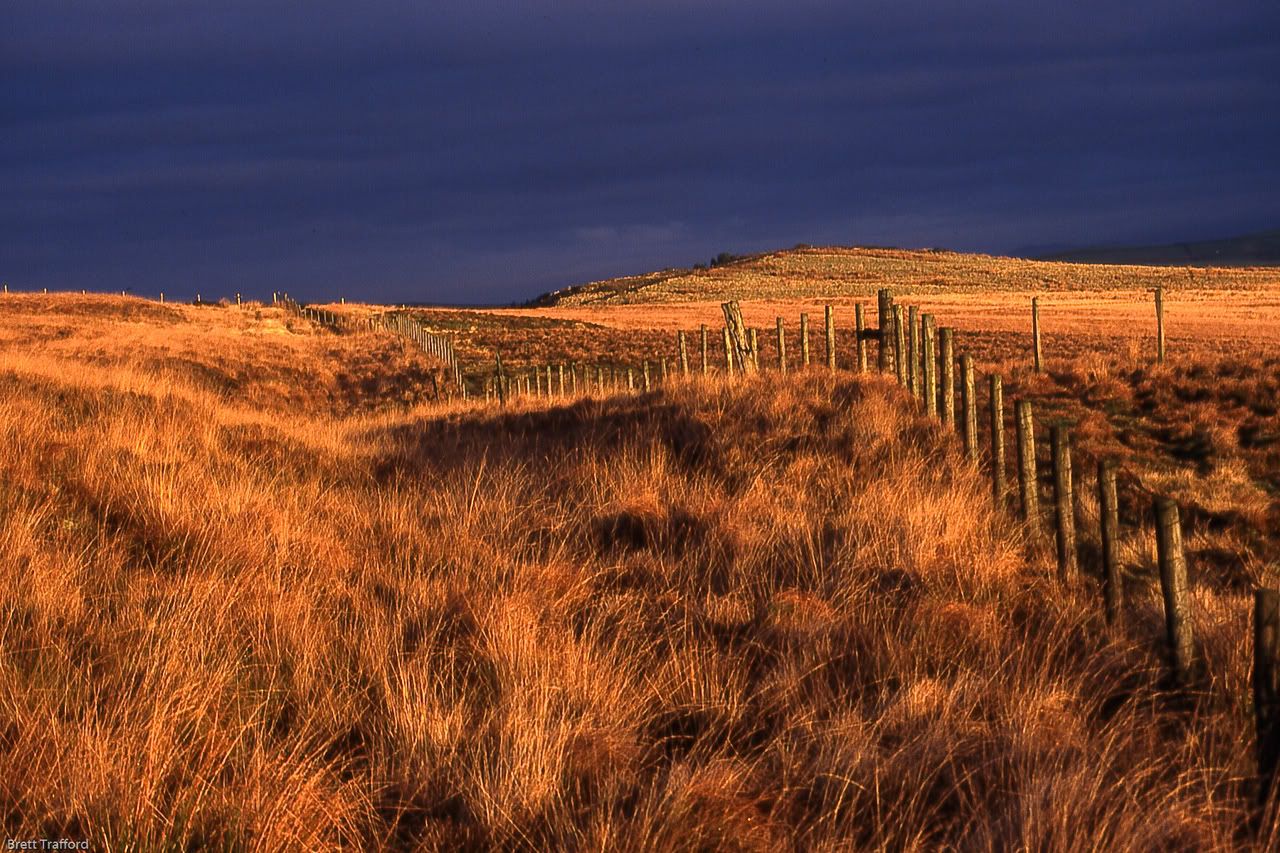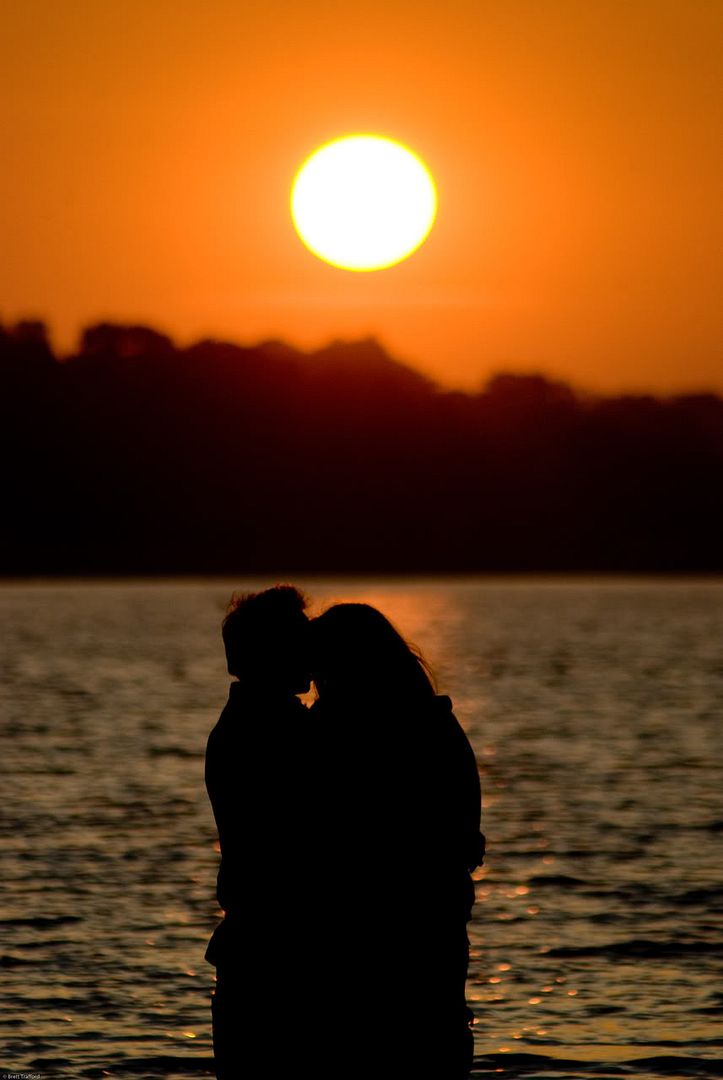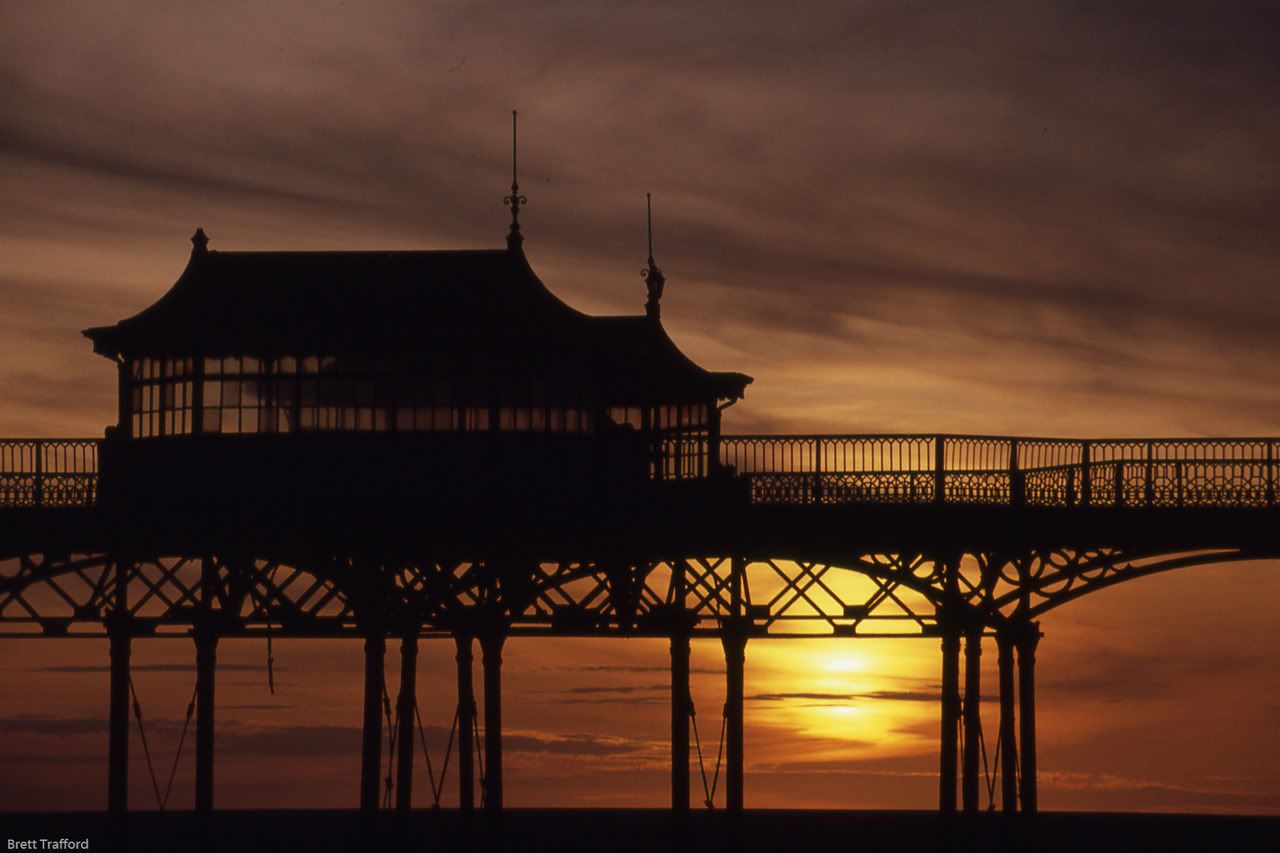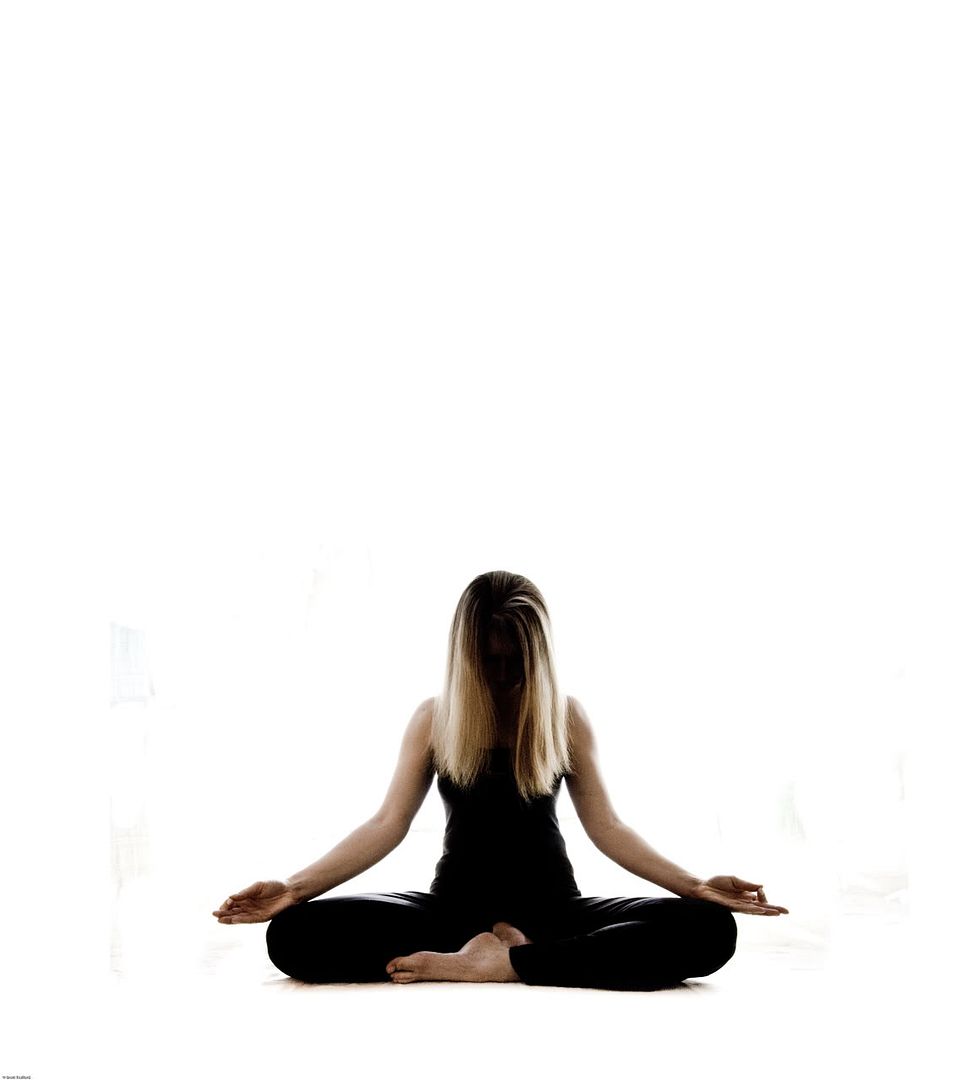Lesson 9 Close up photography
Time for your close up.
I love close up photography; it’s my fall back when I have nothing else to shoot as nearly every thing looks different when shot really close up. Also you can do it nearly any where and get fantastic results; the shots used here were taken just feet from my back door and in the rain. But what puts most people off is the thought that you need loads of expensive equipment and specialist knowledge, so here are a couple of shots and a breakdown of what was done.
The kit.
One of the best things I ever got for my camera was a special macro lens, mines a 90mm Tamron, the second I have owned having switched from the older manual version. What makes a macro lens is the ability to take an image at life size, that means the image on the negative or image sensor is life size, so that when you blow it up it look larger that it would in real life. Being a very good optical lens it also doubles up as a cracking portrait lens. This is my normal lens for close up work and is the one the first photo was taken with. With close up work your depth of focus is very small so the lens normally needs stopping down to the max it will go, reducing the amount of light you have coming in, so I normally use a flash to light the subject. The flash I use is a 20 year old Vivitar 283, set off camera and fired by a sync lead, see picture 2.
My technique
Using digital I just set the camera in manual and pick the flash sync speed, set max aperture, fix the focus and fire. I then check the shot and ether move the flash backwards or forwards, or open up the aperture until the exposure is correct. Once set I then focus on the subject by moving the whole camera knowing that when the subject is sharp in the view finder the exposure will be perfect. The only problem with this is that photographing an insect that is just over a centimetre long, with an area of focus that is only1/2 a centimetre long, while it is on a flower that is moving around in the wind, does try your patience. The shot of the Hover fly hovering was easier as it was keeping very still in the wind.
The cost
Well taking it fore granted that you have an SLR camera what is the cost of the extra kit. Well Tamron lenses come in all fittings and can be found second hand for as little as £150 (that’s for a Nikon fit others maybe cheaper) and new are available for around £250. The flash is old but still gettable as they seem to last forever I found a number on Ebay from £5 up to £30, be warned that with some cameras they might cause damage as the trigger voltage is quite high, check with the maker of the camera or the flash. The brackets and sync cords can be found for less than £10.
Cheaper option.
The one I favour above all others is something called a reversal ring, this lets you put a lens on backward giving you a lens that works in reverse. So a 28mm wide becomes a super close up lens, focusing to within a few centimetres of the front (back) element and capturing things at more than life size. The third photo was taken using one of these and if you compare it with the other shot you will see how much closer you can get (both shots are full frame). These rings are available for around £10-£20, and can be used with most lenses, wide zooms work very well.

